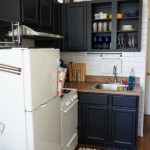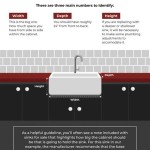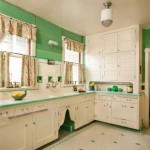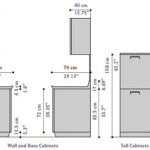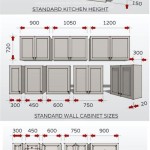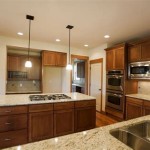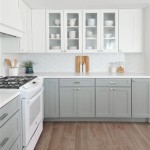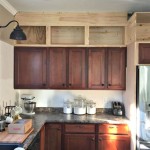Standard Kitchen Pantry Door Size: A Guide to Choosing the Right Fit
A pantry door plays a crucial role in maintaining organization and functionality in your kitchen. It not only provides access to your food storage but also contributes to the overall aesthetic appeal of the space. When choosing a pantry door, one of the most important considerations is its size. This article will delve into the standard kitchen pantry door sizes, factors influencing size selection, and considerations for different pantry door types.
Standard Pantry Door Sizes
Standard pantry door sizes are typically determined by the width and height of the opening. While there's a general guideline, variations exist depending on the builder, home style, and personal preferences. Here's a breakdown of common standard sizes:
Width:
24 inches, 28 inches, 30 inches, 32 inches, 36 inchesHeight:
80 inches, 84 inches
The most common width is 30 inches, offering a good balance between space and accessibility. However, if you have a large pantry or desire ample space for moving items in and out, a wider door like 36 inches could be preferable. For smaller pantries, a 24-inch or 28-inch door might be sufficient. The standard height of 80 inches allows for most types of pantry doors, while 84 inches provides additional clearance for taller individuals or tall items.
Factors Influencing Pantry Door Size
While standard sizes provide a starting point, several factors can influence the ideal size for your pantry door. These include:
Pantry Size:
The size of your pantry directly affects the door size. A larger pantry requires a wider door for easier access and movement of items. Conversely, a smaller pantry can accommodate a narrower door.Traffic Flow:
Consider the amount of traffic in your kitchen. If it's a high-traffic area, a wider door might be beneficial to prevent congestion. Similarly, if you frequently move heavy items in and out of the pantry, a wider door will make the process smoother.Door Style:
The style of door you choose can also influence its size. Sliding doors typically require less space than hinged doors, allowing for narrower openings. Bi-fold doors offer flexibility in opening and closing but might require a slightly wider opening for full functionality.Personal Preferences:
Ultimately, the size of your pantry door should align with your personal preferences and specific needs. If you prioritize maximizing storage space, a wider door might be preferable. Conversely, if you prefer a more streamlined look, a narrower door might better suit your aesthetic.
Considerations for Different Pantry Door Types
The size of your pantry door is not only influenced by the pantry itself but also by the type of door you choose. Different door types have specific size considerations:
Hinged Doors
Hinged doors are the most traditional and common type of pantry door. They swing open and closed on hinges, requiring ample space for full operation. The standard size, 30 inches wide by 80 inches high, is often suitable but can be adjusted based on the door's style, swing direction, and the surrounding space.
Sliding Doors
Sliding doors are space-saving options that move along a track, eliminating the need for swing space. They typically require a narrower opening than hinged doors, and their width can range from 24 inches to 36 inches. However, the height remains generally standard at 80 inches.
Bi-Fold Doors
Bi-fold doors consist of two panels that fold inwards, offering flexibility in opening and closing. They require a slightly wider opening than hinged doors to accommodate the folding mechanism. The standard width can range from 30 inches to 36 inches, and the height remains consistent with other door types.
Pocket Doors
Pocket doors slide into a wall cavity when open, maximizing space and offering a sleek appearance. They require a dedicated pocket space within the wall, which is usually incorporated during construction. The standard size for pocket doors is typically 30 inches wide and 80 inches high, but variations can occur depending on the specific design and the wall's thickness.
By understanding the standard sizes, influencing factors, and considerations for different door types, you can choose the perfect pantry door to enhance the functionality, aesthetics, and organization of your kitchen. Remember to consider your specific needs and preferences to ensure a door that both suits your style and provides optimal access to your pantry's contents.

What Are The Standard Pantry Door Sizes

Refacing Kitchen Cabinets Measuring New Cabinet Doors Dimensions Wall

Kitchen Unit Door Combinations

Cabinet Face Dimensions

Jeld Wen 36 In X 80 Right Hand Recipe Pantry Frosted Glass Primed Wood Single Prehung Interior Door Thdjw226700111 The Home Depot

Kitchen Unit Door Combinations

Abcs Of Kitchen Cabinets And Specifications Granite Quartz Countertops Factory

Base Cabinet Size Chart Builders Surplus Modular Kitchen Cabinets Sizes

N Standard Kitchen Dimensions Renomart
Guide To Kitchen Cabinet Sizes And Dimensions
Related Posts

